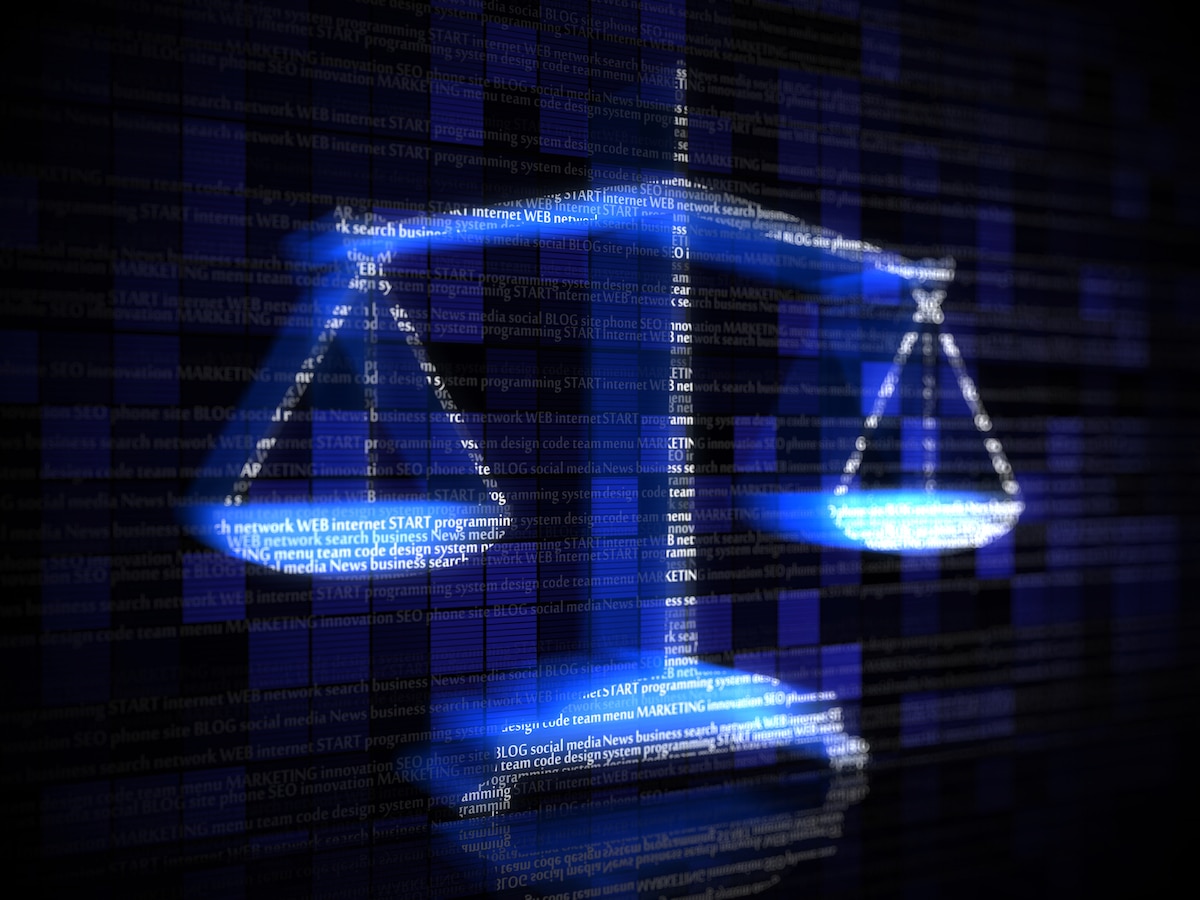Ransomware Attacker Turns Tables: Reports Victim for Compliance Violation

In a unique twist of events in the cybersecurity world, a ransomware attacker has crossed into uncharted territory. Exploiting a new legal loophole, they reported their victim, digital lending technology vendor MeridianLink, to the U.S. Securities and Exchange Commission (SEC) for failing to promptly disclose a breach. This case marks a significant evolution in ransomware tactics. It highlights the crucial intersection of cybersecurity, legal compliance, and corporate responsibility.
The Ransomware Attack on MeridianLink
The ransomware attacker, a group known as Alphv/BlackCat, claims to have infiltrated MeridianLink’s network on November 7th, 2023, resulting in the theft of significant amounts of customer data and operational information. While MeridianLink confirmed the cybersecurity incident, the exact timeline of the breach’s discovery and reporting remains unclear. The company claims that the attack occurred on November 10th and that the threat was quickly nullified.
MeridianLink’s official statement on the incident: “Upon discovery on the same day, we acted immediately to contain the threat and engaged a team of third-party experts to investigate the incident. Based on our investigation to date, we have identified no evidence of unauthorized access to our production platforms, and the incident has caused minimal business interruption.” The company also added that it cannot share further details due to its ongoing investigation.
Why the SEC Complaint
Since July 26th, 2023, the SEC has mandated that public companies disclose significant cyber incidents within four days. These rules went into effect in September. However, it is worth noting that the disclosure requirement takes effect on December 18th for large organizations, while smaller companies have a deadline of June 2024.
Regardless of specific dates, the intent here is clear; –add another layer of pressure on cyberattack victims to give in to the demands of their attackers and pay the requested ransoms. By filing such complaints, companies now face the possibility of bad publicity, erosion of client trust, and financial losses, as well as potential compliance and legal ramifications.
Implications for Cybersecurity and Compliance
While a cyber assailant filing a complaint to a governmental organization for an attack they are responsible for may seem a bit like an arsonist reporting a fire, this incident underscores how cybercrime is constantly evolving. Now, attackers are even leveraging legal and regulatory frameworks to their advantage. This development is a stark reminder for businesses to fortify their security defenses and remain transparent and prompt in their breach disclosure practices.
Cybersecurity and Resilience
Ultimately this incident underscores a critical lesson for all organizations: the importance of having effective cybersecurity measures and being resilient in the face of a successful attack. Further highlighted is the evolving nature of cyber threats and the need for a comprehensive cybersecurity approach that encompasses prevention and response strategies.
So, what are businesses supposed to do to meet evolving threats? Here are some key points to consider for organizations aiming to bolster cybersecurity defenses:
Proactive Cybersecurity Measures
- Regular Risk Assessments – Organizations can stay ahead of emerging threats and vulnerabilities by continuously evaluating cybersecurity risks.
- Advanced Threat Detection – Leveraging cutting-edge technologies to detect threats early is crucial in a landscape where attack methods constantly evolve.
- Employee Training and Awareness – Human error can be a significant vulnerability, empowering employees with knowledge and best practices is vital.
- Robust Data Encryption – Encrypting sensitive data is a fundamental security practice that ensures data integrity, even in the event of unauthorized access.
- Multi-Factor Authentication (MFA) – MFA is a critical layer in defense strategies, adding depth to access controls and reducing the risk of unauthorized entry.
Bridging Defense and Recovery
While proactive measures serve as the first line of defense, laying the groundwork for prevention, an organization’s resilience strategies are the contingency plans that take over when defenses are breached. This dynamic transition is crucial for maintaining operational continuity and upholding stakeholder trust through adversity.
A comprehensive cybersecurity approach embodies this transition, ensuring that threat prevention vigilance is complemented by incident response robustness. It guarantees that organizations not only deter potential breaches but bounce back with speed and efficiency, safeguarding their operational integrity when breached.
Resilience in the Face of an Ransomware Attacks
- Incident Response Plan – A clear and actionable incident response plan is vital for quick and effective action in a breach.
- Rapid Response Team – A dedicated team ready to tackle cybersecurity incidents, with defined roles and responsibilities, is essential for minimizing damage and restoring operations swiftly.
- Communication Strategy – Effective communication during and after an incident is crucial for maintaining stakeholder trust and managing reputational risks.
- Legal and Regulatory Compliance – Understanding and adhering to legal and regulatory requirements ensures an organization’s response is effective and compliant.
- Backup and Recovery Procedures – Regular backups and robust recovery processes are the safety nets that ensure business continuity in the face of cyber adversity.
From Compliance to Confidence with OneNeck
The MeridianLink ransomware attack, coupled with the regulatory maneuverings of the attackers, exemplifies the dual threats of modern cybersecurity: technical and compliance. OneNeck is well-versed in the dynamics of both cyber threats and compliance landscapes. Our suite of cybersecurity solutions is designed to address these challenging fronts head-on.
Contact us today to fortify defenses and align your cybersecurity strategies with today’s demands. Together, we can ensure that your organization is secure, compliant, and, above all, resilient in the face of any threat.
Additional Resources:




